In this follow-up article, I will be writing about the Kelvingrove art gallery and museum in Glasgow, Scotland, the British Museum, and the Victoria and Albert Museum, which are both located in London. As all the other museums that I have written about so far, all these museums are also completely free to visit.
Firstly, Kelvingrove Art Gallery and Museum, located in Glasgow, Scotland, had a grand red sandstone exterior and its prominent location in the beautiful Kelvingrove Park makes it an iconic landmark. On my walk to the museum, walking past the River Kelvin, I saw many students going to their morning lectures in the University of Glasgow, which nearby the museum. The museum houses an extensive art collection spanning different periods and styles, including works by renowned artists such as Salvador Dalí, Rembrandt, and Vincent van Gogh. The museum also features a dedicated Scottish art gallery, showcasing the works of prominent Scottish artists.
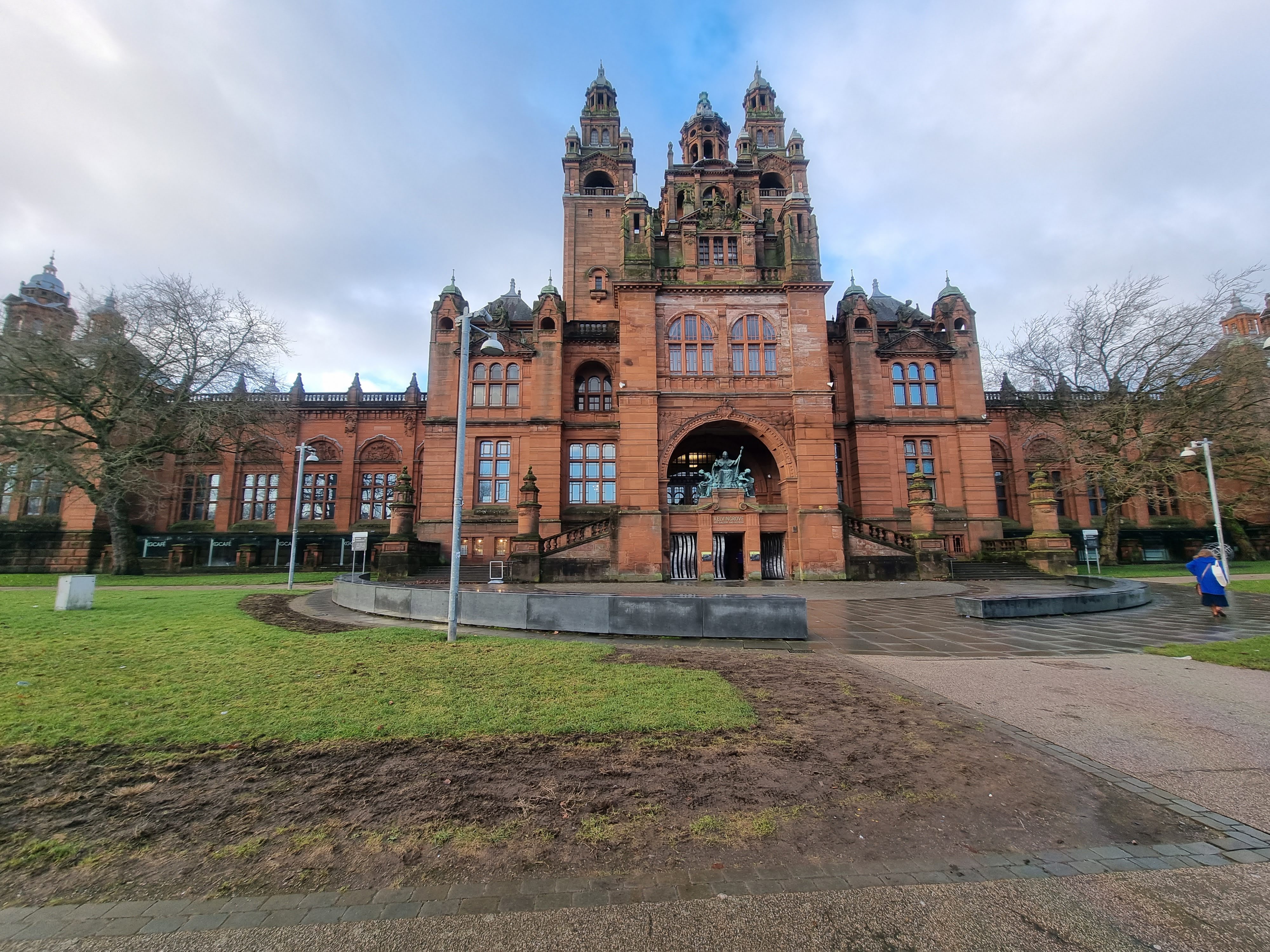
One of the highlights of Kelvingrove for me was its awe-inspiring pipe organ, which is played regularly during recitals. The organ, housed in the central hall (pictured below), adds a grand ambiance to the museum’s atmosphere. I really enjoyed the stuffed animal exhibit, with many extinct species being on display. “Vétheuil”, a painting by Claude Monet in 1880 captivated me as well.
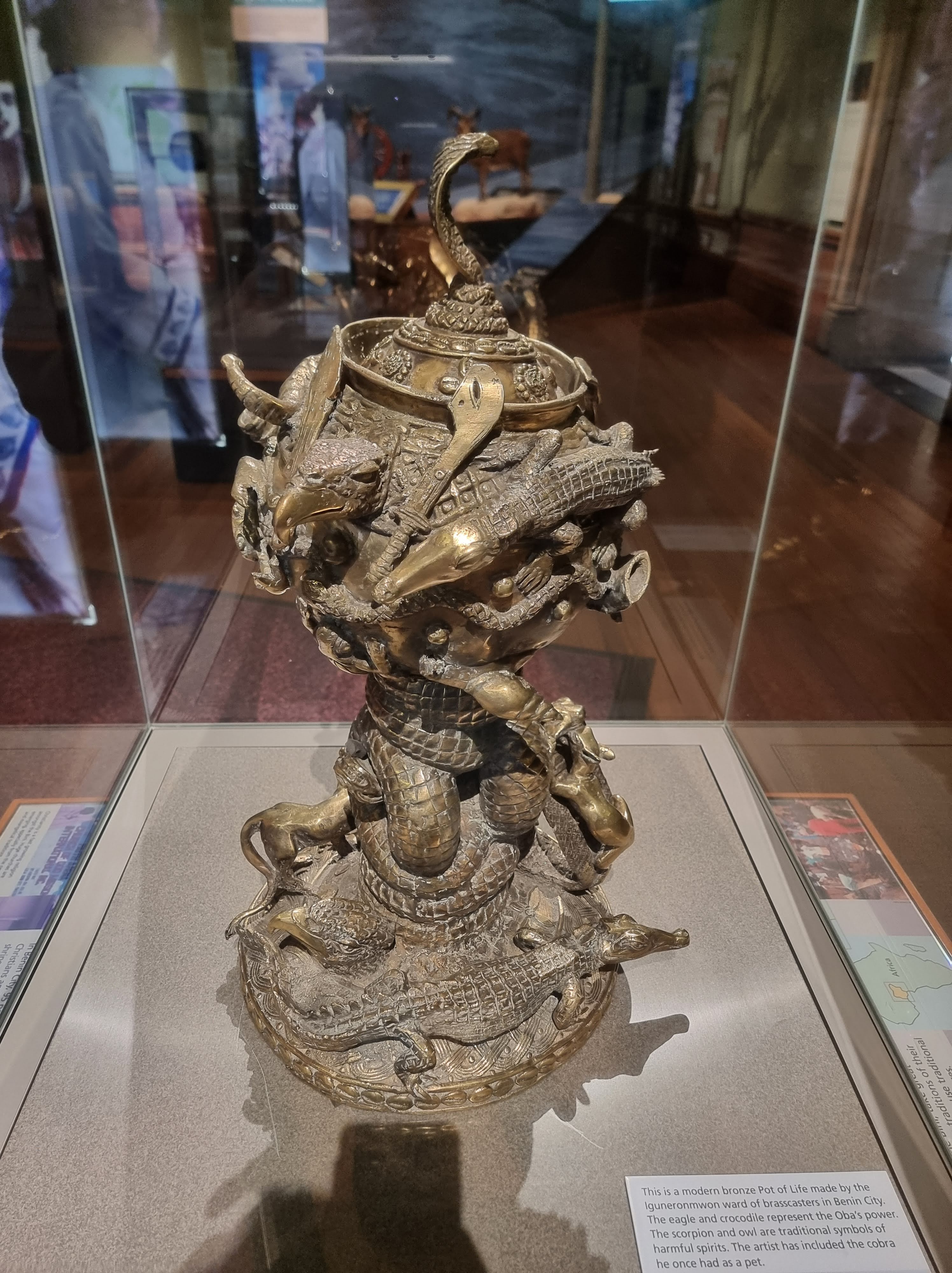

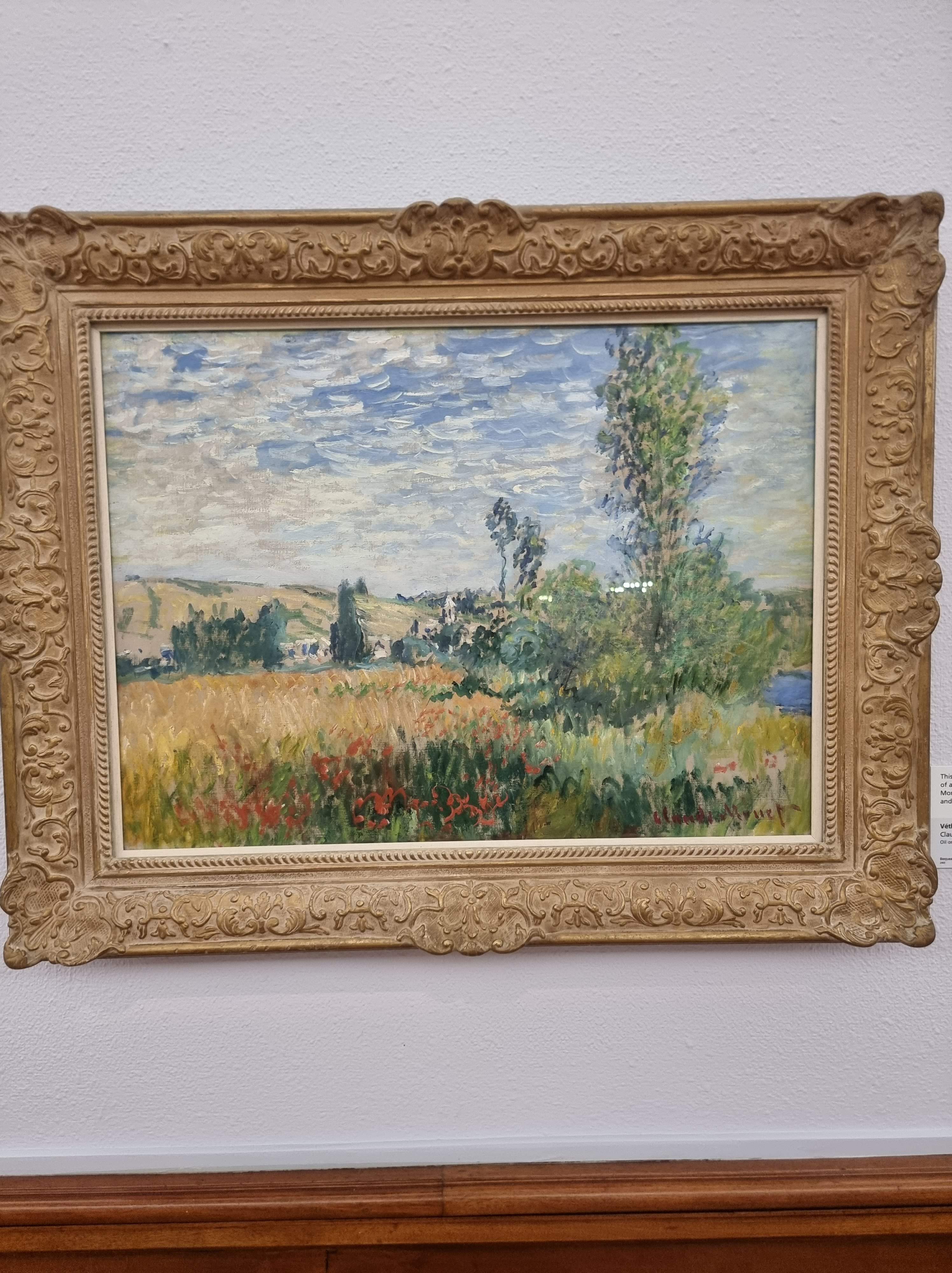
The next museum I want to write about is the Victoria and Albert Museum in London. Also known as the V&A, it houses an extensive collection of over 2.3 million objects, spanning various disciplines such as fashion, furniture, sculpture, ceramics, and more. One cool thing about the architecture of the building is the garden and café’ area enclosed by four walls in the middle of the museum. It was a great place to relax and take a break from all the sights in the museum.


One of the most interesting pieces here for me was the “Vase with the Abduction of the Sabines” made in France between 1790-95. Another striking piece was the “Cabinet with the story of the Prodigal Son” made between 1640-60. It is an entire novel in just pictures, which shows how a prodigal son inherits wealth from his family, journeys alone and wastes all his wealth and returns penniless to his father.

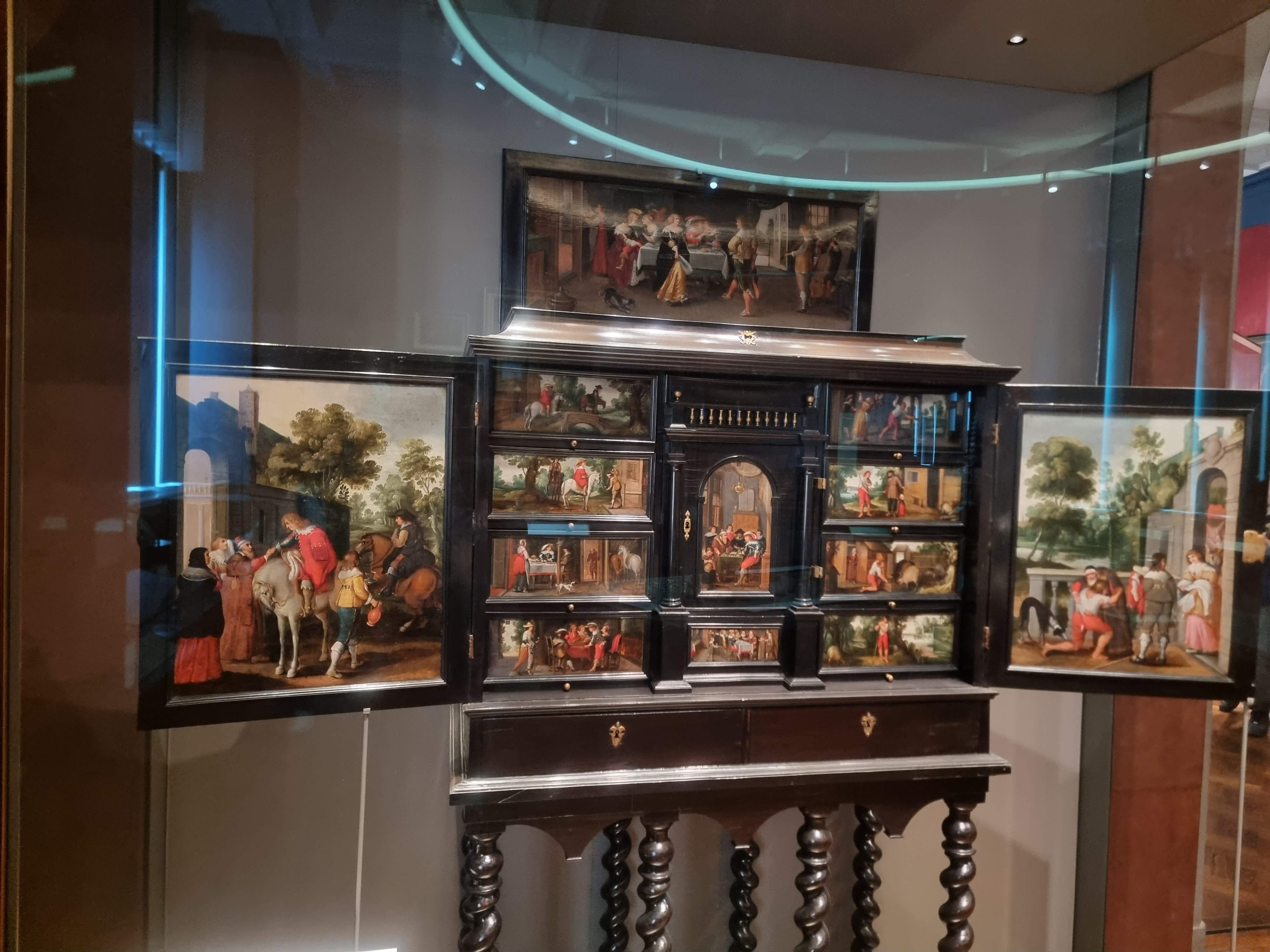
I’ve saved the biggest, and most comprehensive museum for last. The British Museum, located in London, is a treasure trove of human history and culture. It is one of the world’s largest and most comprehensive museums, housing an astounding collection of over eight million objects spanning over two million years of history. It was so large that I went there multiple times to take in all the exhibits from ancient Egypt and Mesopotamia to Greece and Rome, from Africa and the Americas to Asia and Europe. One of the coolest things about this museum is that each gallery has an aura of it’s own and is designed to reflect the subject matter that is being displayed, as shown below with the Greek displays.


Some artifacts that grabbed my attention include the Gold Cape discovered from Wales which dates to the early bronze age between 1900-1600 BC, a modern copy of the famous Rosetta Stone, which was the key to understanding Egyptian hieroglyphs. The origin is also located within this museum. I have saved the best piece for last, a “libaas” which is the traditional dress of the Maldivian women! As Maldives is a very small country, and is often omitted in most maps, seeing my own culture being represented here was very important and gratifying for me.
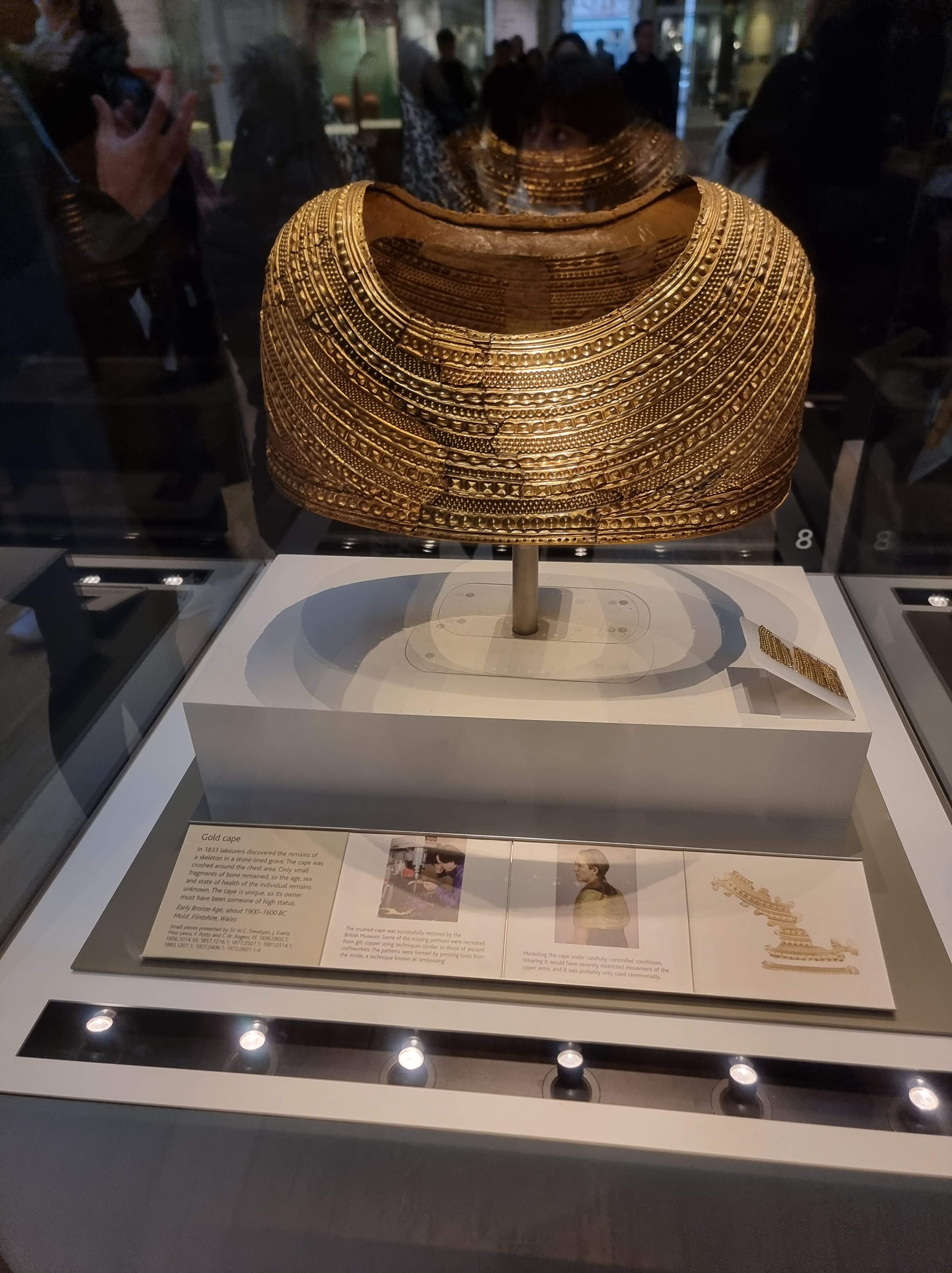
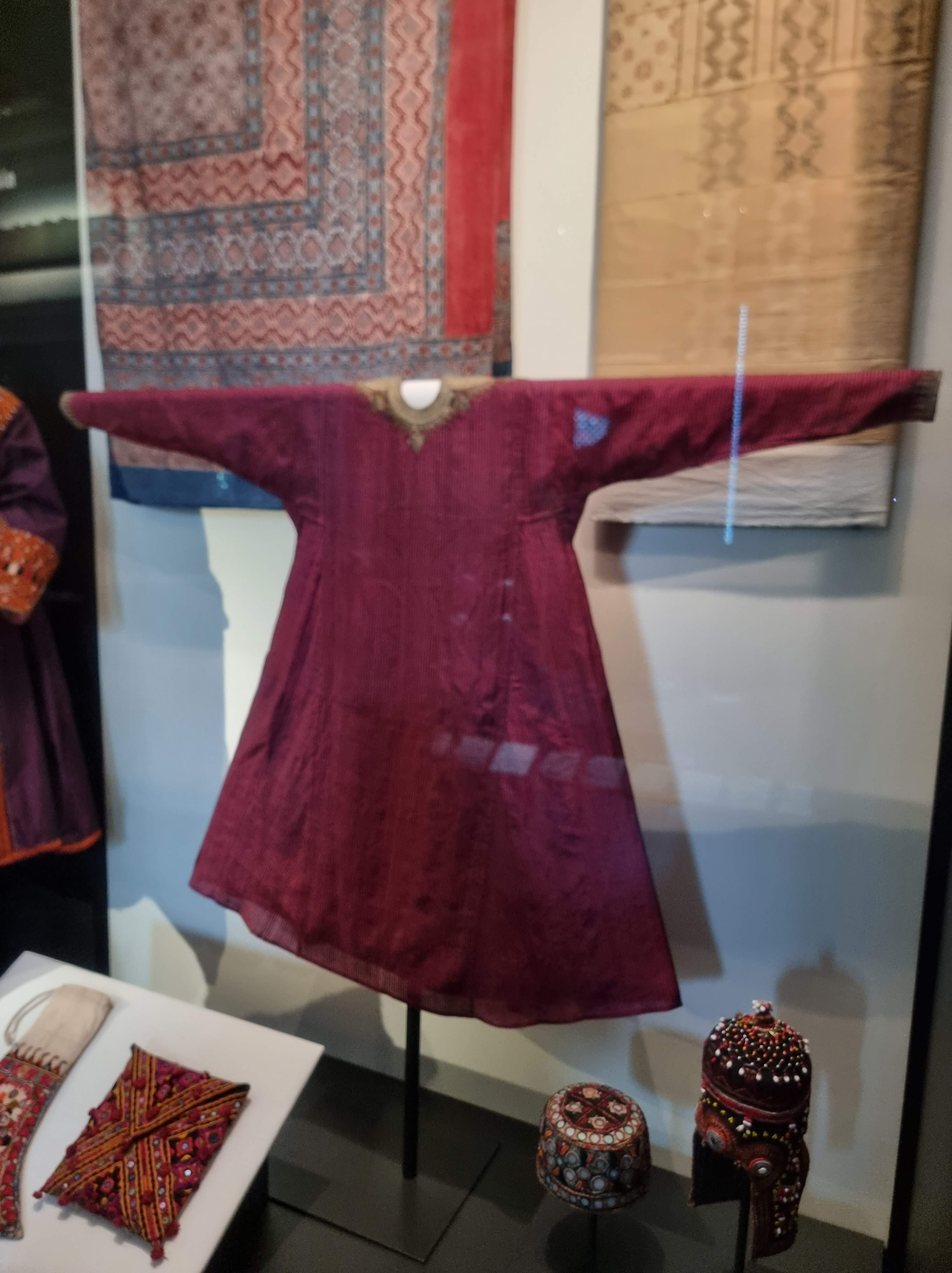


That brings us to the end of my series on some museums to visit in the UK. Of course, there are many, many more museums within the UK, ranging from many different topics, both free and paid, and although I won’t be writing about any further museums, I hope to visit some more in my time here! I hope that you have enjoyed reading this series and seeing the pieces I have highlighted.
Cheers,
Shaulan
